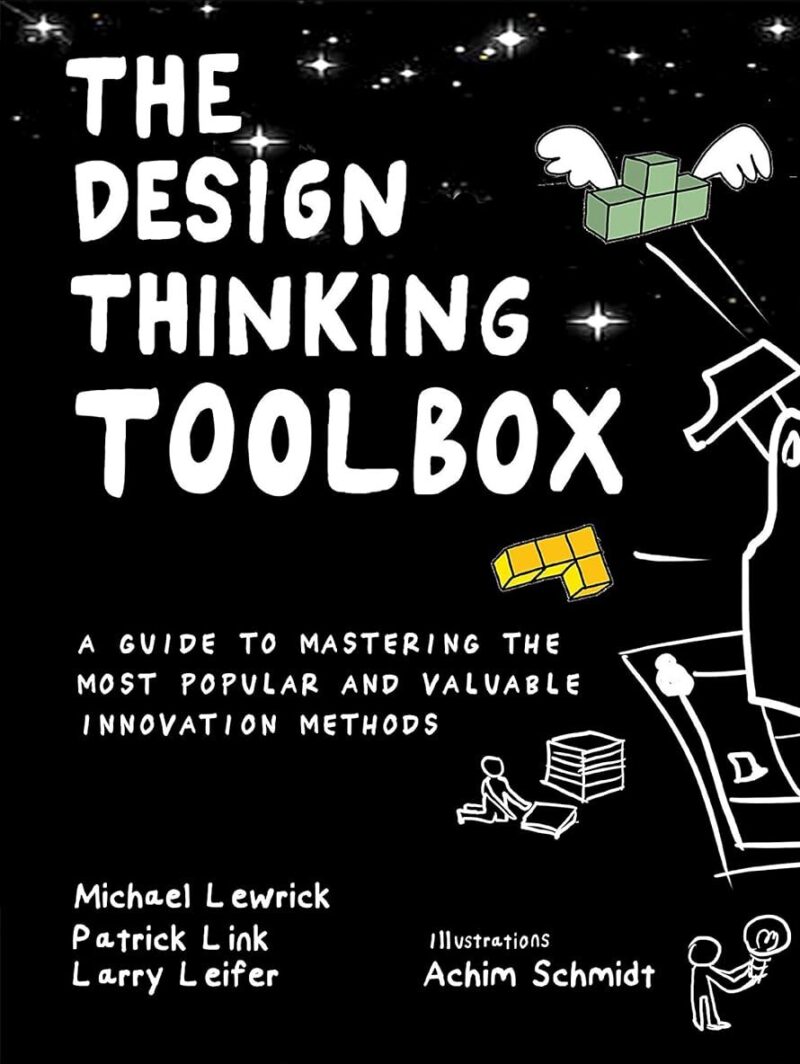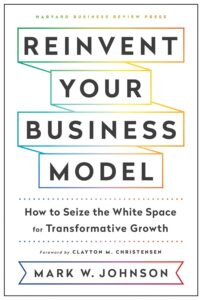A Comprehensive Toolkit for Innovation: Review of "The Design Thinking Toolbox"
This book is a pragmatic guide offering an exhaustive array of tools and methods for implementing design thinking in any organizational context, aiming to foster innovation and problem-solving.
Subjects: Design Thinking
The “Design Thinking Toolbox” serves as a meticulously curated compendium for practitioners and enthusiasts of design thinking, a methodology increasingly recognized for its efficacy in addressing complex problems across various domains. The authors, Michael Lewrick, Patrick Link, and Larry Leifer, bring forth their extensive expertise and insights from academia and industry to present a guide that is both accessible and deeply informative.
Core Offerings and Structure
At its core, the book is structured to mirror the iterative cycles of the design thinking process: Understand, Observe, Define Point of View, Ideate, Prototype, and Test, culminating in Reflection. This structure not only educates the reader on the process itself but also provides a practical roadmap for application. Each phase is supplemented with a rich selection of tools, ranging from empathy maps and personas to prototyping techniques and testing frameworks, all aimed at enhancing the practitioner’s ability to empathize, ideate, and iterate solutions that are deeply rooted in user needs and contexts.
Pedagogical Approach
What distinguishes this guide from other texts on design thinking is its pedagogical approach. The authors have not only cataloged a vast array of tools but have also provided insights into their application, including case studies and examples that bring theoretical concepts to life. This practical orientation ensures that readers can translate design thinking principles into actionable strategies within their projects and organizations.
Comparative Analysis
When compared to other seminal works in the field, such as “The Design Thinking Playbook” by the same authors, the “Toolbox” distinguishes itself through its focus on the operationalization of design thinking. While both books are complementary, the “Toolbox” is particularly invaluable for those looking to delve into the specifics of applying design thinking tools and techniques.
Utility and Application
The utility of the “Design Thinking Toolbox” extends beyond the realm of product and service design, touching upon areas such as organizational design, innovation strategy, and cultural transformation. Its emphasis on a user-centric approach and iterative problem-solving makes it a crucial resource for leaders and innovators seeking to navigate the complexities of the modern business landscape.
Design Tools
Here’s a detailed overview of the 13 tools discussed in “The Design Thinking Toolbox” :
- Brainstorming:
- Encourages generating numerous ideas through a structured or open session, focusing on quantity over quality, where participants are encouraged to build upon each other’s ideas without criticism.
- 2×2 Matrix:
- A visual tool for categorizing and prioritizing ideas or identifying strategic opportunities. It helps quickly decide which ideas to pursue or reject by plotting them on a matrix defined by two axes representing different criteria.
- Dot Voting:
- A democratic and quick method for making group decisions on which ideas to focus. Participants use dots or color markings to vote on the ideas they believe are most worth pursuing, helping to simplify and prioritize selections.
- 6-3-5 Brainwriting:
- A method to generate a large number of ideas within a group quickly and in a structured way. The name represents 6 participants, each generating 3 ideas, which are then passed around 5 times for further development.
- Special Brainstorming Techniques (Negative Brainstorming, Figuring Storming, Bodystorming):
- These techniques offer alternatives to traditional brainstorming, aimed at generating unusual ideas by adopting different perspectives or scenarios. They are particularly useful for overcoming ideation blocks and stimulating creativity in new ways.
- Analogies & Benchmarking:
- This approach involves finding inspiration from seemingly unrelated fields or benchmarks to generate innovative ideas. By comparing and drawing parallels between different industries, scenarios, or problems, participants can uncover unique solutions.
Each of these tools serves a specific purpose in the design thinking process, from idea generation to selection and prioritization. They cater to different stages of the process, such as understanding problems, ideating solutions, and deciding on the best paths forward. The choice of tool depends on the specific needs of the project, the stage of the process, and the preferences of the team.
Reflections and Final Thoughts
In conclusion, “The Design Thinking Toolbox” is more than just a guide; it is a catalyst for change. It empowers readers with the knowledge and skills to embark on their design thinking journeys, with the confidence to tackle challenges that lie ahead. Whether you’re a seasoned practitioner or new to the concept, this book is a valuable addition to your innovation toolkit.




